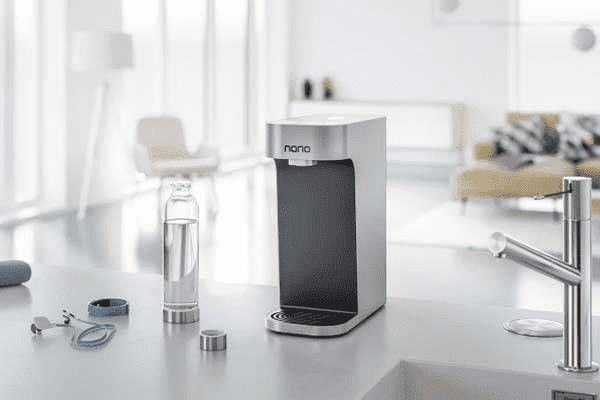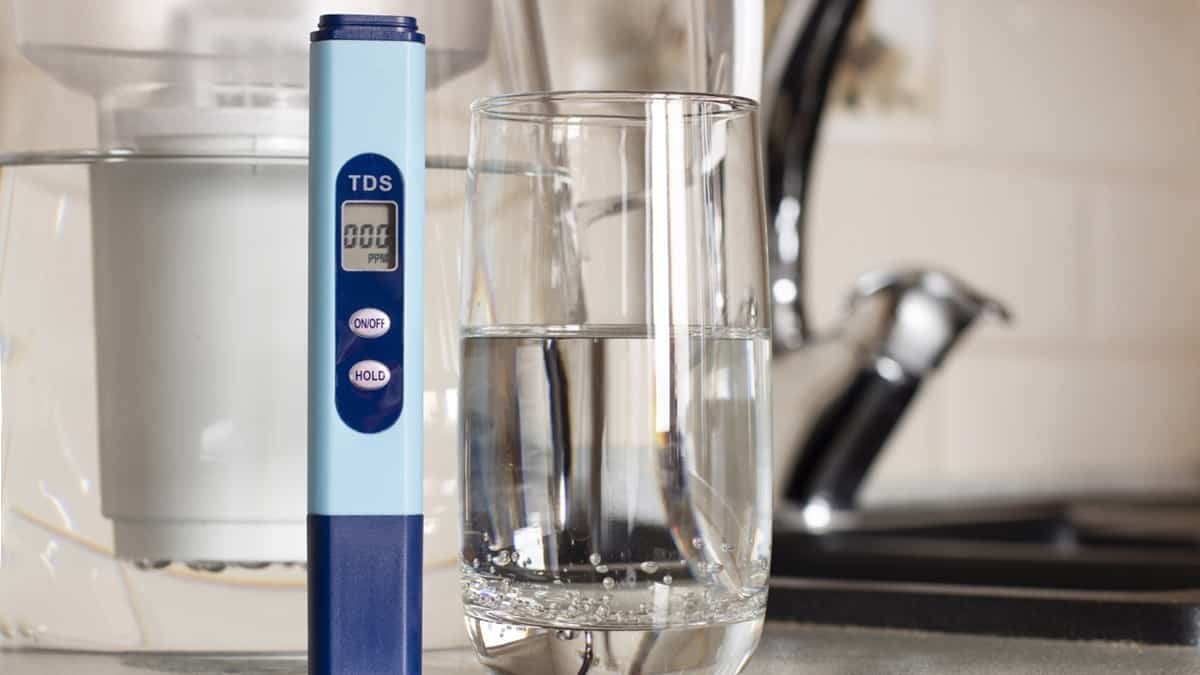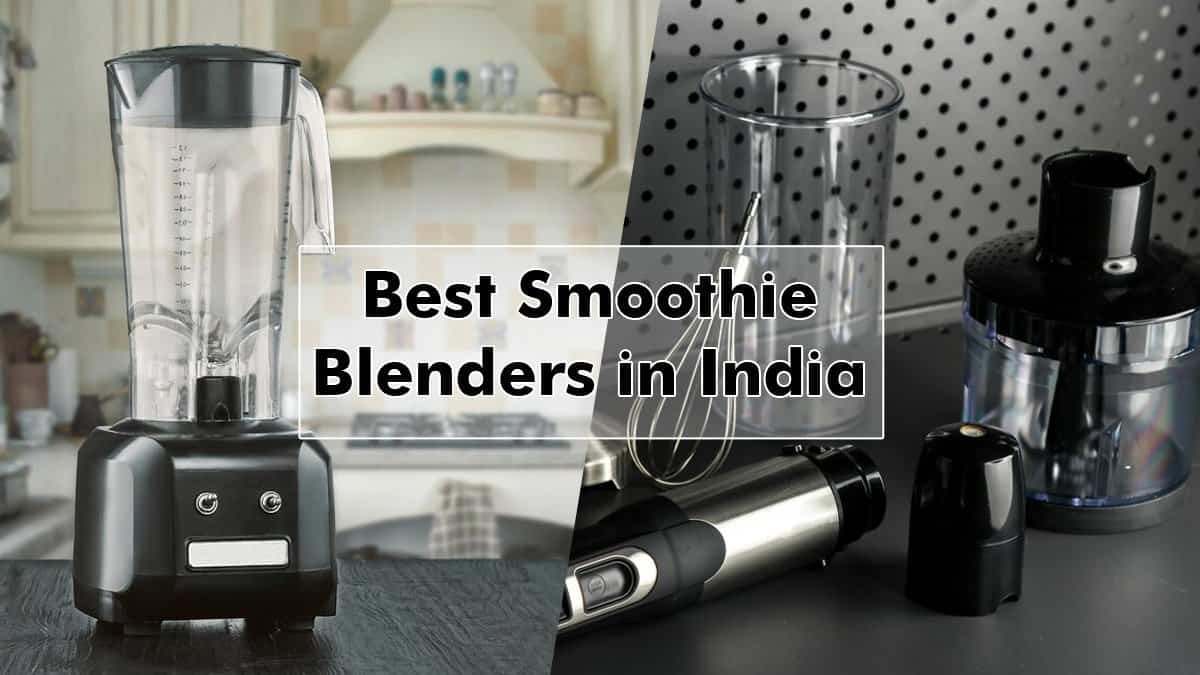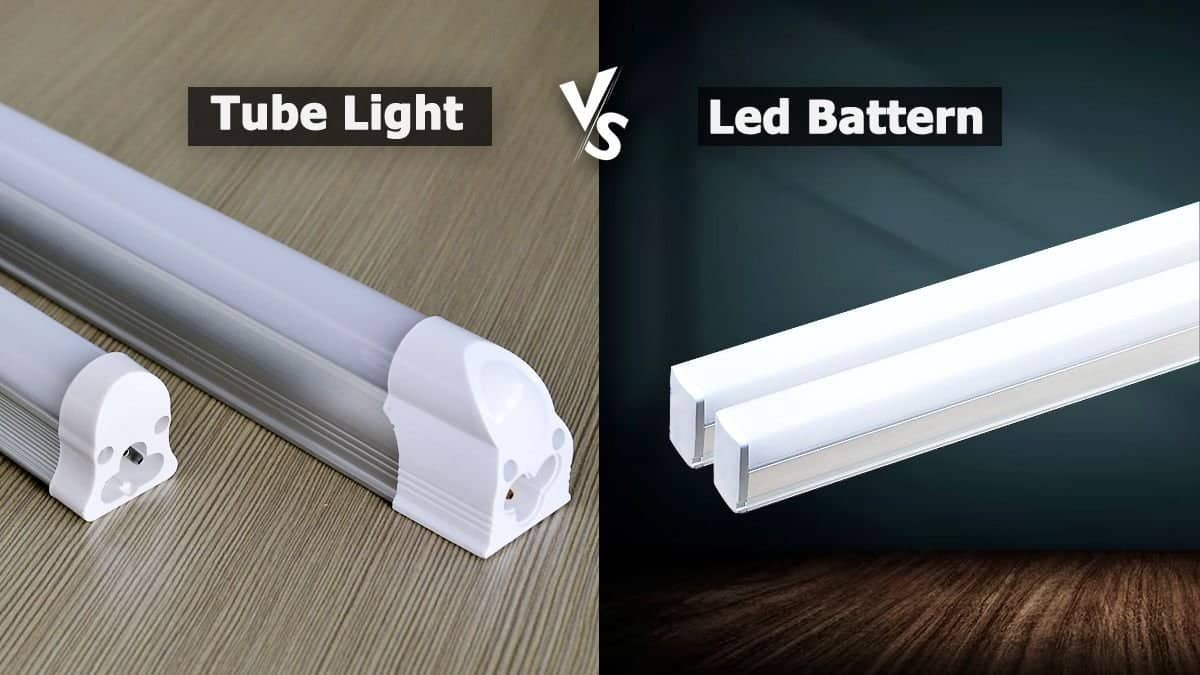We all know that water is essential for life, so it is no surprise that clean and purified drinking water should be at the top of our priority list. Unfortunately, in India and other countries across the world, access to safe drinking water isn’t always a guarantee. Contaminants like Total Dissolved Solids (TDS) can often pollute our waters and make them dangerous to drink. But what does TDS mean? How does this impact our health? And what is an acceptable level for TDS for drinking water in India? We are here today to answer those questions – let’s dive right into it!
Drinking water is not just needed for drinking but is also needed for cooking. And there are various levels by which the purity and nutrition content of the water can be calculated.

Table of Contents
What is TDS?
The collection of substances in water, particularly drinking water, is referred to by this term. TDS (Total Dissolved Solids) can be organic or inorganic, and they can be molecular or microgranular in size. Algae, bacteria, pesticides, and disinfectants are examples of organic substances that can be found in drinking water. Lead, arsenic, calcium, sodium, and chlorine are among the inorganic substances that can be found in drinking water.
What is the Ideal TDS Level for Drinking Water?
Most of the time, TDS is measured in milligrams per liter of water (mg/L) or parts per million (ppm). The normal TDS concentration is between 50 and 1,000 ppm. Reverse osmosis (RO) water filtration is required for water with TDS greater than 300 ppm and is recommended by experts for water with TDS greater than 250 ppm. TDS typically drops below 25 ppm with RO; TDS is reduced to less than 10 ppm by distillation. TDS level of mineral water in bottles is typically between 400 and 650 ppm.
| TDS range (mg/L) | Nature of Water |
| Less than 50 | Lacks minerals and nutrients |
| 50-150 | Best |
| 150-300 | Good |
| 300-500 | Average |
| 500-1000 | Bad |
| More than 1000 | Not recommended |
Areas With Harmful TDS Levels Across India
Groundwater is the primary source of drinking water in both rural and urban India. Pesticides, metals, and even radioactive waste have severely contaminated the water in the majority of locations. When it occurs as a result of wastewater discharge or water pollution, a high TDS level is a sign of harmful contaminants like iron, sulfate, bromide, and arsenic. The government’s groundwater quality report indicates that the water supply in a number of locations along the coast is extremely saline. Approximately 192 districts in 19 states, including Andhra Pradesh, Gujarat, Haryana, Karnataka, Maharashtra, Orissa, Rajasthan, Tamil Nadu, UP, and West Bengal, have fluoride levels that are higher than the permissible limit of 1.5 mg/L.
Additionally, numerous districts in Bihar, Chattisgarh, West Bengal, and Uttar Pradesh have high levels of arsenic in their underground water. More than 1.1 lakh homes in the country contain a high concentration of iron. Numerous districts in Andhra Pradesh, Bihar, Karnataka, Kerala, MP, Maharashtra, Orissa, TN, Punjab, etc. have nitrate levels above the 45 mg/L limit. As you can see, many Indian cities, towns, and villages lack a reliable source of water. Even though drinking water TDS should not exceed 500 mg/L per ISI standards, you can’t be sure that the water you drink is safe unless you test for harmful contaminants.
Measuring TDS for Drinking Water
A TDS meter can be used to test for total dissolved solids. The total dissolved solids in drinking water can be measured with a small, handheld TDS meter. Water experts and novices alike use these small instruments to determine the quantity of particles in your drinking water. It is important to know that people who do not understand how the test works might get it wrong or misunderstand it.
The TDS meter measures the quantity of dissolved ions in the drinking water but does not reveal the ion’s qualitative nature. As a result, a TDS meter cannot precisely identify the minerals, contaminants, and sediments in your drinking water, it can only indicate the quantity in ppm (parts per million).

A TDS meter can’t tell you if the water you’re drinking is safe to drink because of this.As a result, the total dissolved solids test should only serve as an indicator rather than the sole factor in determining the drinking water’s general quality.
How to Reduce TDS for Drinking Water
Reverse Osmosis (RO)
Reverse osmosis (RO) systems are the answer to your problem of high TDS levels in water.

The most common method for treating water with high TDS levels is a reverse osmosis filter or water purifier. RO is extremely efficient at removing every kind of contamination and impurity from water. The membrane of a reverse osmosis filter is semipermeable and has a pore size of as little as 0.0001 microns.
It makes reverse osmosis very effective at getting rid of all kinds of dissolved substances from water, resulting in pure drinking water. It easily gets rid of up to 90% of the hardness in the water. The disadvantage is that it eliminates all minerals and impurities, necessitating the remineralization of RO water following treatment.
UltraFiltration (UF)
Electricity is not required for Ultrafiltration Filters to function. A fiber membrane with a pore size of 0.1 microns and a hollow interior allows the water to pass through.
All of the minerals are retained during ultrafiltration, so there is very little wasted water with this method. However, this method is not appropriate for softening hard water. When treating water with TDS levels of less than 300 mg/L, it works well.
NanoFiltration (NF)

Nano filters are the best option if you want to reduce TDS in water without RO. The water passes through a semipermeable membrane in nanofiltration filters. The membrane is very effective at filtering water thanks to its 0.001 micron pore size.
Compared to ultrafiltration, this procedure is a little bit more precise. Even in this case, the minerals remain, but nanofiltration is effective at removing up to 60% of the water’s hardness. However, it might cause some water to be wasted during the filtration process. With TDS levels ranging from 300 to 900 mg/L, nanofiltration effectively treats tap water.
Distillation
Another method for purifying water and removing dissolved solids from it is distillation. During this procedure, a water distiller is utilized, and water is evaporated before the vapors of water are condensed. The vapors that are produced are pure water because the dissolved solids do not evaporate, and the resulting liquid is free of TDS. Despite the fact that this method may provide you with pure water, it is quite inconvenient and takes a lot of time.
Deionization
Demineralized water is another name for deionized water. Mineral ions are removed through deionization, a physical process that makes use of specialized ion exchange resins. Deionization produces high purity water that is typically comparable to distilled water due to the fact that the majority of water impurities are dissolved salts.
Impact of Water Purifiers on the Environment
RO water purifiers waste water, which has a negative impact on the environment. Three liters of filtered water are wasted for every liter. In a nation where half of the population does not have access to clean water, such waste is illegal. The National Green Tribunal (NGT) has outlawed the use of RO water purifiers in areas with TDS levels below 500 for this primary reason. Even so, if critical impurities like nitrates and fluorides are higher than the acceptable limits, the expert committee does not recommend banning RO water purifiers.
NGT also recommends lowering the TDS level of the filtered output water to 150 mg/L to reduce water wastage; however, this is unfortunately not always possible, particularly when the level of harmful contaminants is high. Utilizing wastewater for other purposes is recommended to minimize the negative effects of RO. The water can be used to water plants, sweep the floor, and clean utensils.
Also, Read
- Best Water Purifier Buying Guide: How to choose a water purifier in India?
- How to Clean Sintex Water Tank – Step by Step Guide
Final Thoughts
Having very high or very low TDS levels in your drinking water can lead to health issues for you and your family. It is advisable to check the TDS level of your water with a TDS meter if the levels are not satisfactory, you can get it filtered according to the standard levels with the help of a purifier to lead a healthy life.
FAQs
How to reduce TDS in water?
TDS can be reduced by Reverse Osmosis, Ultrafiltration, Nano Filtration, Distillation and Deionization.
Is low TDS water harmful to the body?
Low TDS is not directly harmful to the body but it will not contain the necessary minerals and nutrients needed for the body and this may lead to diseases in the future.
Which is the best way to reduce TDS in well water?
Reverse Osmosis is the best method to reduce TDS in well water.





